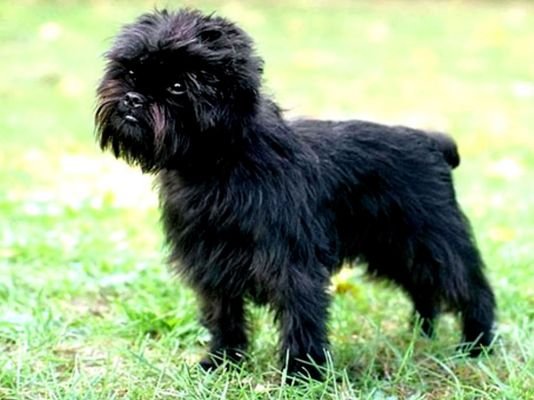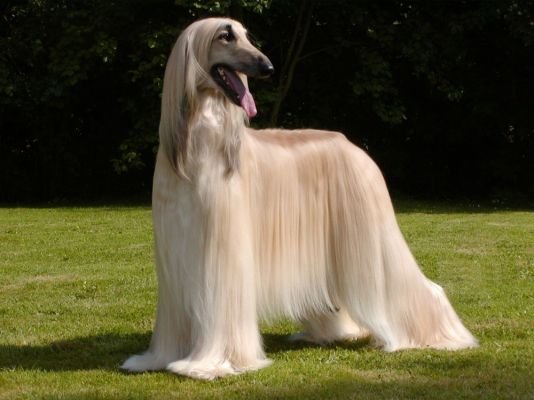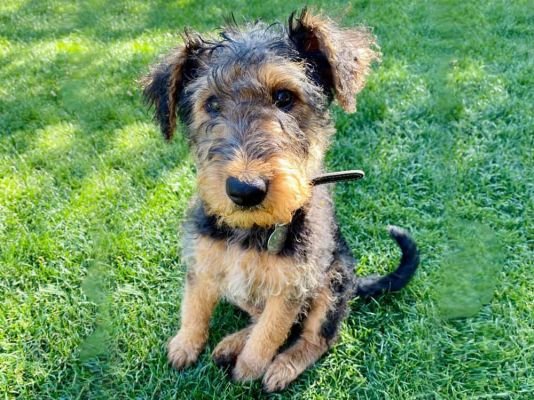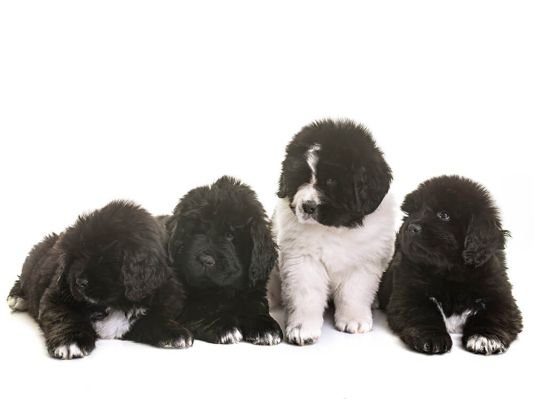
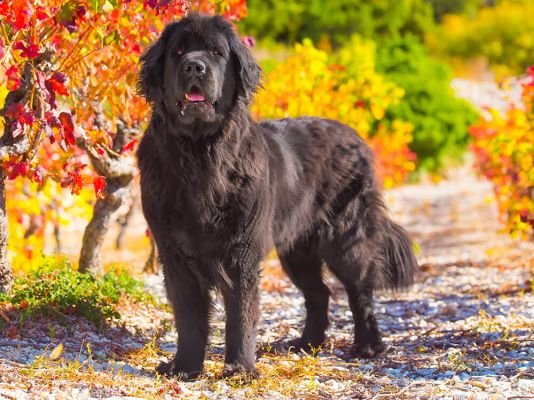
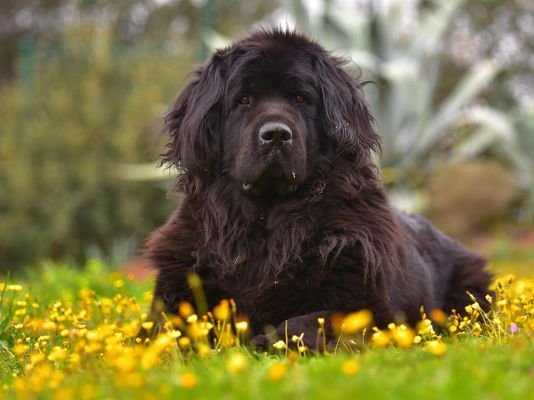
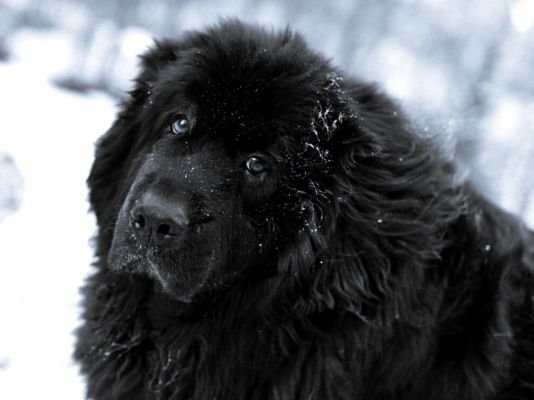
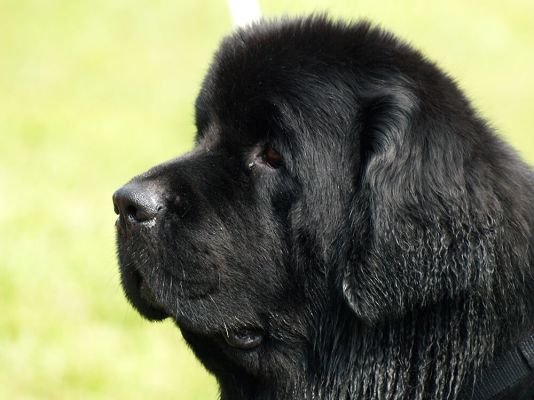
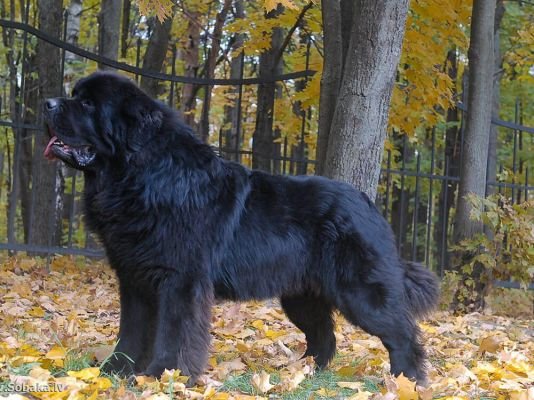
Meet the Newfoundland: The Gentle Giant with a Lifeguard’s Heart 🌊
Imagine a dog so big it could pull a drowning sailor from icy waters, yet so gentle it’s trusted as a babysitter. That’s the Newfoundland – a 150-pound bundle of loyalty, brains, and drool! Hailing from Canada’s rugged coast, these “living lifeboats” have saved countless lives (including Napoleon’s, supposedly!). Ready to dive into why this breed might be your perfect “gentle giant”? Let’s explore!
Quick Snapshot
| Trait | Details |
|---|---|
| Size | 26–29 inches tall, 100–150 lbs (think “furry bear with webbed paws!”) 🐻 |
| Lifespan | 8–12 years (shorter but mighty!) |
| Coat | Thick double layer – black, brown, gray, or Landseer (black-and-white) 🌨️ |
| Energy Level | Moderate (1 hour daily – swimming > running!) |
| Barking | Rare but deep (“I’ll bark if you’re drowning!”) 🚨 |
Looks & Grooming Hacks
This breed’s built like a furry submarine:
- Waterproof Fur: That oily outer coat repels water, while the soft undercoat keeps them warm. Brush 3x weekly (daily during spring/fall shedding storms!).
- Signature Features: Webbed toes for swimming, a tail that doubles as a rudder, and eyes that say, “I’ve seen some stuff… mostly fish.”
- Slobber Alert! Keep towels handy – their jowls drip like leaky faucets. Pro tip: Use a “drool bib” during mealtime!
Fun Fact: Landseer Newfoundlands (black-and-white) are named after painter Sir Edwin Landseer, who adored them. 🎨
Personality: Nanny or Lifeguard?
Newfies are 70% golden retriever, 30% Saint Bernard:
- Kid Whisperers: Natural babysitters – they’ll let toddlers climb them like jungle gyms. Supervise play to avoid accidental tail-stepping!
- Social Butterflies: Loves dogs, tolerates cats (if raised together). Hamsters? “Floating snacks!” 🐹
- Separation Anxiety: Hates being alone – they’ll redecorate your house with chewed slippers. Crate train early!
Training Tip: Use salmon treats! They’re smart but stubborn – turn lessons into water games.
Pros & Cons
| Pros | Cons |
|---|---|
| Hypoallergenic? Nope – shed like blizzards! ❄️ | High grooming needs (hello, fur tumbleweeds!) |
| Gentle with kids & strangers | Prone to hip dysplasia & heart issues 💔 |
| Born swimmers (pool = heaven!) | Drool… so much drool 💧 |
| Low barking (except for emergencies) | Short lifespan – cherish every moment ⏳ |
Health Watch
Keep an eye on:
- Hip/Elbow Dysplasia (24.8% risk – ask breeders for OFA certificates).
- Heart Conditions (aortic stenosis – annual vet checks after age 5).
- Bloat (feed 2–3 small meals; no exercise after eating!).
Diet Tip: 4–5 cups daily of large-breed kibble (fish-based for joint health). Avoid grains – their sensitive tummies prefer gourmet! 🍣
Feeding Your Furry Lifeguard
Fuel these gentle giants with 2–3 meals/day:
- Puppies: Slow growth is key – avoid overfeeding to protect joints.
- Adults: High-protein, low-fat meals. Try adding pumpkin for digestion! 🎃
- Snack Idea: Frozen green beans – crunchy + low-cal!
Avoid: Free-feeding – they’ll balloon into couch potatoes! 🛋️
Spotting a True Newfoundland
| Trait | Authentic Newfie | Imposters! |
|---|---|---|
| Eyes | Soft brown (“soulful gaze”) 🥺 | Blue or mismatched (common in mixes) |
| Paws | Webbed toes (like duck feet!) 🦆 | Smooth pads |
| Coat Texture | Oily, water-resistant 🛶 | Cottony or curly |
Red Flags in Breeders:
- No health tests (hips, heart, DNA).
- Puppies available ASAP (ethical breeders have waitlists).
- “Teacup Newfoundlands” – they’re genetically impossible!
Final Thought
The Newfoundland isn’t just a pet – it’s a 200-year-old legend of courage wrapped in a slobbery hug. Ready for lakeside adventures, impromptu lifeguard duties, and a shadow who’ll drape across your lap (and entire couch)? Stock up on lint rollers… and maybe invest in a wet-vac for the drool! 🛶🐾
